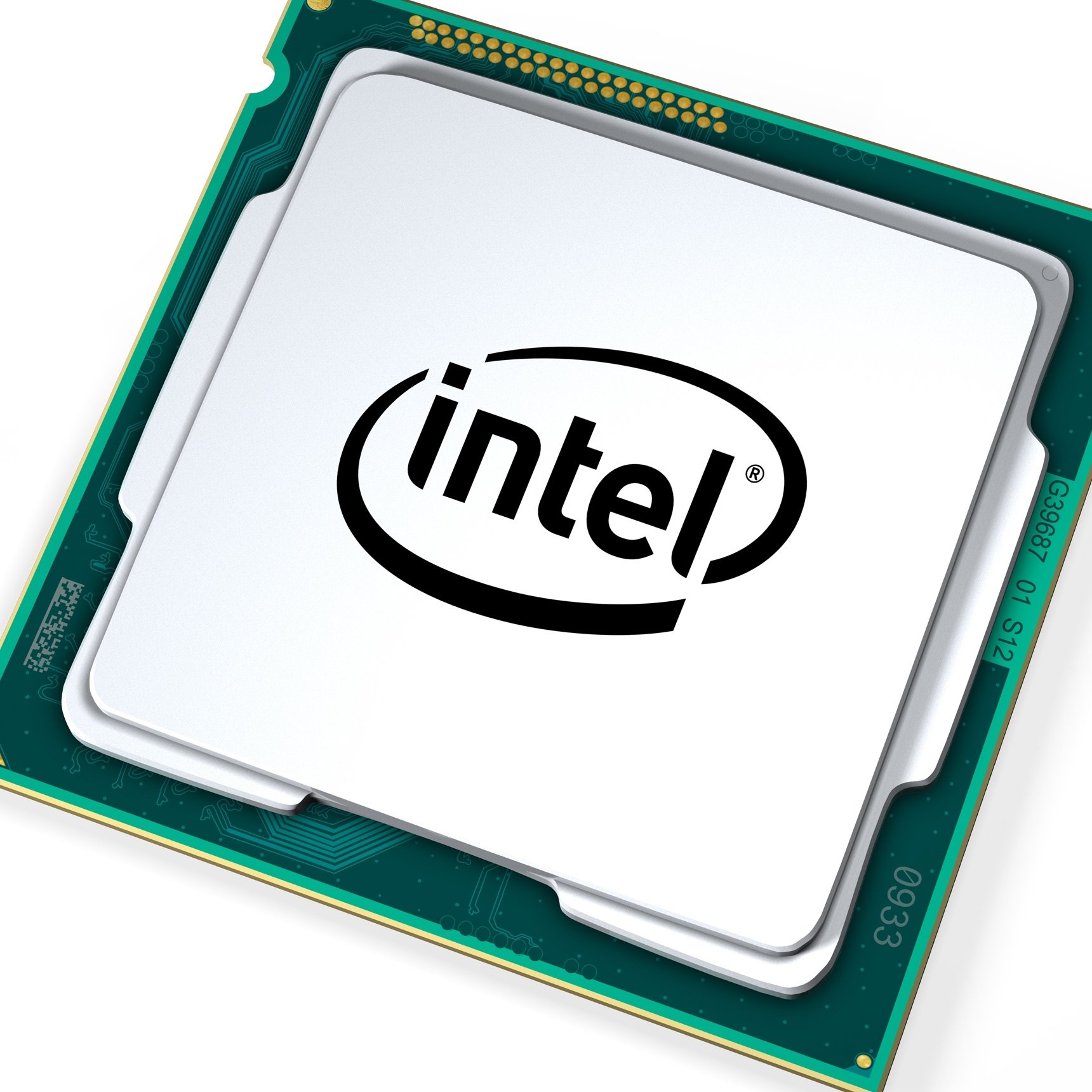

Intel Corp. (NASDAQ: INTC) now has something in common with oil — both traded under $30.00 on Friday. The actual Intel earnings report was good on the surface. Beating earnings and revenues and guiding for growth sounded good, but the investing community is growing more concerned over the data center group revenues ahead. Then there is the ongoing pesky PC declining units that keep persisting.
With shares having been down about 10% to as low as $29.50 on Friday, 24/7 Wall St. wanted to see how the analyst community really views Intel in 2016 and beyond.
Before we get on to the analyst calls individually, Intel has its place in the market that needs to be considered. When we calculated a downside for the Dow Jones Industrial Average of 15,076 this past week, the reality is that this negative reading was in part driven by the most bearish analyst price target of $27.00 for Intel.
Another consideration is that Intel was already among the worst Dow stocks so far in 2016 ahead of earnings. At $29.75 after the earnings report, Intel shares were down a whopping 13.6% from the 2015 year-end close of $34.45.
It turns out that the analysts who were positive on Intel mostly stayed positive on Intel’s formal ratings.
Jefferies reiterated its Buy rating on Intel. The firm sees its gross margin thesis playing out. Both the fourth-quarter and the 2016 outlook saw upside in gross margins being driven by a longer depreciation schedule and a longer manufacturing cadence with higher average selling prices. Jefferies has a $39.00 target price, and its report said:
Our bottom-up gross margin model implies 67% exiting 2017, which we still view as conservative. In 2016 we think Intel continues to benefit from secular trends in Cloud computing, and we expect it to gain share in Networking via SDN/NFV.
Credit Suisse maintained its Outperform rating and kept a $40 price target. Still, the firm’s earnings review was not as clean as hoped, but also not a concern. After beating and guiding in line, but under some of the more bullish estimates, the Credit Suisse report said:
We are maintaining our CY16 EPS of $2.50 but Street at $2.35 is likely to move higher, which relative to peers in coming weeks is likely to be a positive stand-out. While it is difficult to penalize management for building moats and expanding into growth business, investors will need to see operating leverage in C2H16/CY17 in order for the stock to move above $40.
Wells Fargo maintained its Outperform rating for Intel and has a valuation range of $40.00 to $50.00. The firm showed Intel beating revenue and gross margin guidance, but said that full year 2016 guidance was confused by the Altera Corp. (NASDAQ: ALTR) operations and by acquisition charges and an extra week in the March 2016 quarter. Wells Fargo still sees organic growth and introduced 2017 estimates of $65 billion in revenue and earnings per share (EPS) of $2.70. The Wells Fargo report said:
Intel remains our Top Pick. … DCG sales increased 4.1% sequentially and increased 5.3% year over year. DCG platform ASP decreased 1% sequentially and year over year. DCG units increased 4% sequentially and increased 5% year over year. … Desktop processor units decreased 9% year over year and notebook units decreased 10% year over year. … Our valuation range is based on an approximate multiple of 15 to 18.5 times our FY2016 EPS estimate of $2.17.
Bank of America Merrill Lynch maintained its Buy rating with a $40.00 price objective. The view here is of modest macro headwinds, but the Buy rating is due to multiple EPS upside drivers in 2016. The analysts see a softer start to year especially in China and believe that the Intel bears will fixate on PC uncertainty, a decelerating data center picture and an accounting change that boosts EPS. Merrill Lynch’s $40 price objective is based on 15 times its 2017 estimate, with a continued view that Intel has up to $3.00 in EPS power as it reduces mobile losses. Merrill Lynch’s investment rationale said:
We rate Intel Buy based on solid long term growth in servers where it has 94% market share and which are being driven by emerging consumer cloud applications, the incremental $20 billion mobile opportunity where Intel’s manufacturing lead could become a critical differentiator, and a manageable decline in the PC market.
S&P Capital IQ has a Buy rating and a $39.00 price target. The firm adjusted its 2016 operating EPS estimate to $2.33 from $2.37 and initiated 2017 estimates at $2.62 EPS. The report said:
We remain positive on Intel’s fundamentals post fourth quarter results last night, as data center opportunities and growth in the Internet of Things and memory outweigh ongoing challenges within the PC space. We note slower fourth quarter data center growth largely reflects tough comparisons and see growth accelerating in ’16. We see further diversification away from PCs, as we see two-thirds of profits in 2016 coming from non-PC markets (about 40% of revenue).
Oppenheimer has one of the less positive ratings at Perform, with no price target mentioned. Its view was that earnings were better than expected, but it sees China as a concern. The report said:
Management guided first quarter revenues down 6% sequentially to $14.1 billion, also ahead of the Street’s $13.9 billion and $0.51 EPS. Guidance includes about $400 million from Altera and an extra week, implying results would have come in at the low end of seasonality on an apples-apples basis… For FY16, management expects Altera to add an incremental 1% to 2% to organic growth but macro remains an overhang. PC continues to dominate Intel’s top line, though we are encouraged by efforts to grow the company’s mobile and memory exposure. We remain on the sidelines as these efforts take root.
Calls seen elsewhere without formal analyst summaries were as follows:
- Bernstein reiterated its Market Perform rating and a $29.00 price target.
- Goldman Sachs reiterated its Sell rating, but it raised the price target to $25.00 from $24.00.
- MKM Partners reiterated its Buy rating and its $40.00 price target.
- Nomura Securities reiterated its Buy rating and its $42.00 price target.
- Roth Capital maintained its Buy rating, but also lowered its price target to $36.00 from $38.00.
- RBC Capital Markets maintained its Sector Perform rating, but lowered its price target to $33.00 from $35.00.
- Susquehanna reiterated its Neutral rating and $32.00 price target.
- Topeka Capital Markets maintained its Buy rating, but lowered its target price to $36.00 from $38.00.
- UBS maintained its Buy rating but lowered its price target to $36.00 from $39.00.
Sponsored: Want to Retire Early? Here’s a Great First Step
Want retirement to come a few years earlier than you’d planned? Or are you ready to retire now, but want an extra set of eyes on your finances?
Now you can speak with up to 3 financial experts in your area for FREE. By simply clicking here you can begin to match with financial professionals who can help you build your plan to retire early. And the best part? The first conversation with them is free.
Click here to match with up to 3 financial pros who would be excited to help you make financial decisions.
Thank you for reading! Have some feedback for us?
Contact the 24/7 Wall St. editorial team.
 24/7 Wall St.
24/7 Wall St.


